3 min read
Top 10 Priorities for State Chief Information Officers
More than halfway through 2025, state Chief Information Officers (CIOs) continue to navigate a dynamic landscape of technological advancements and...
3 min read
Alex Davis : Feb 6, 2025 11:52:56 AM
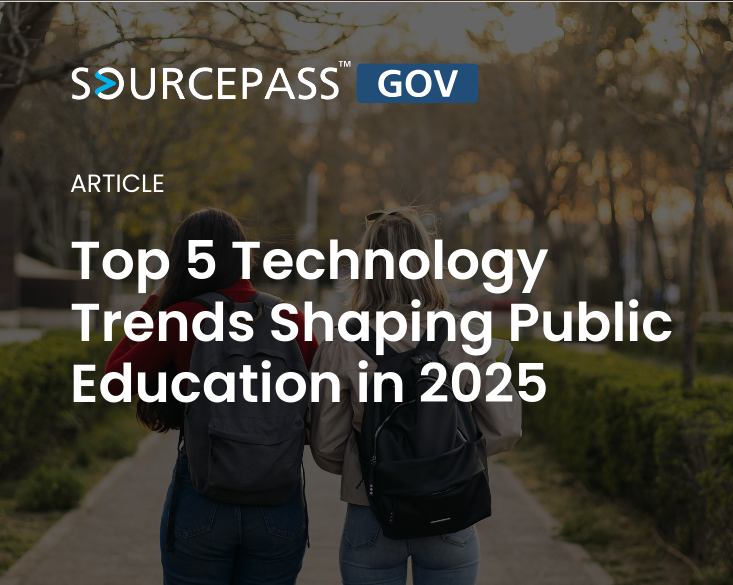
From the way students engage with course materials to how teachers deliver lessons, the digital revolution has already changed how education is experienced—and it’s only accelerating.
As institutions look ahead, they need to stay abreast of emerging trends to ensure they’re ready to adapt and thrive in this dynamic environment. Let's take a look at five key technology trends shaping the future of public education in 2025.
Artificial intelligence (AI) is revolutionizing the way students learn by providing personalized learning experiences. In 2025, AI will continue to advance, helping teachers customize lesson plans, assignments, and assessments based on each student's strengths, weaknesses, and learning styles.
AI-driven tools can analyze a student’s progress in real-time, offering tailored feedback and suggesting additional resources to address gaps in understanding. Adaptive learning platforms will become more sophisticated, allowing for personalized learning paths that can optimize academic achievement for every student.
Additionally, AI-powered chatbots will act as tutors or assistants, answering students' questions, providing explanations, and offering help after hours. This means students can get real-time support anytime, making learning more accessible and efficient.
Virtual Reality (VR) and Augmented Reality (AR) are reshaping how students interact with educational content, making learning more immersive and engaging. By 2025, we can expect these technologies to be integral parts of classrooms across various educational levels.
With VR, students can take virtual field trips to historical sites, walk through a human cell, or explore distant planets. AR, on the other hand, overlays digital information onto the physical world, allowing students to interact with holographic models and interactive simulations.
These technologies will enhance hands-on learning, providing students with experiences that are otherwise impossible in a traditional classroom setting. For example, medical students can practice surgeries in a risk-free virtual environment, while architecture students can visualize and modify 3D building designs in real time.
.png?width=2250&height=1250&name=Sourcepass%20Featured%20Blogs%20(13).png)
As 5G networks expand, high-speed internet access will no longer be a luxury; it will be a necessity. The widespread adoption of 5G will have a profound impact on education, especially in remote and underserved areas where connectivity has been a major barrier to access.
5G technology will provide faster and more reliable internet connections, enabling seamless access to cloud-based applications, real-time streaming of lectures, and smoother video conferencing. This will be particularly valuable in hybrid and online learning environments, ensuring that students and educators can collaborate and interact without disruption.
In addition, with improved connectivity, more schools and universities will be able to implement IoT (Internet of Things) solutions, such as smart classrooms, connected devices, and learning analytics, to enhance the learning environment and improve student outcomes.
Blockchain technology is gaining traction in education, particularly when it comes to securely storing and verifying academic credentials. By 2025, blockchain could revolutionize how institutions issue, share, and verify degrees, certificates, and other credentials, reducing the risk of fraud and simplifying the credentialing process.
Blockchain’s secure, transparent, and immutable nature ensures that academic records cannot be tampered with, providing students with a reliable digital portfolio of their achievements. Students can maintain full control over their records and share them with potential employers or educational institutions at the click of a button.
This also has the potential to reduce the administrative burden on schools and universities by automating the verification process, improving efficiency, and allowing for more transparent credentialing.
The traditional learning management system (LMS) is evolving into an AI-driven platform that integrates data analytics to track student progress, assess performance, and identify areas for improvement. These systems are becoming smarter, more user-friendly, and more interactive, offering both students and instructors greater insights into the learning process.
By 2025, LMS platforms will not only deliver content and assignments but will also offer advanced analytics, predicting student outcomes and suggesting personalized resources to improve performance. AI-powered features will be able to detect signs of student disengagement, alerting instructors to take timely action.
Moreover, gamification features in LMS platforms will further enhance student engagement, providing rewards, challenges, and interactive elements that make learning more enjoyable and motivating.
The landscape of education is rapidly transforming, and technology is at the forefront of this revolution. As we approach 2025, AI, VR/AR, 5G, blockchain, and advanced LMS platforms will continue to shape how students learn, how teachers teach, and how institutions operate.
To stay ahead of the curve, educational institutions must be proactive in adopting and integrating these technologies into their systems. Get in touch with a specialist at Sourcepass GOV to start implementing these 2025 tactics today.
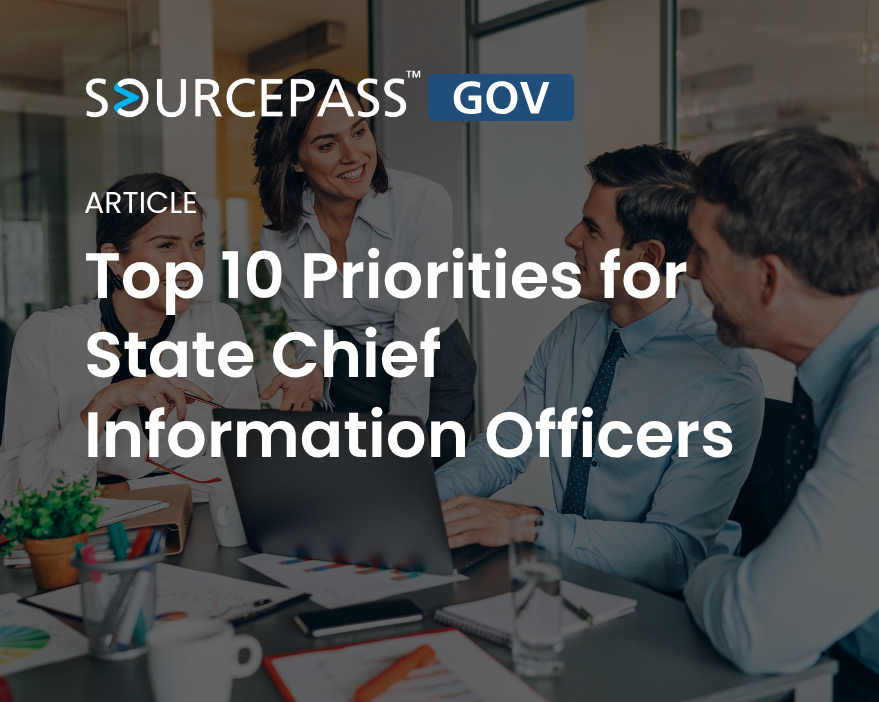
3 min read
More than halfway through 2025, state Chief Information Officers (CIOs) continue to navigate a dynamic landscape of technological advancements and...
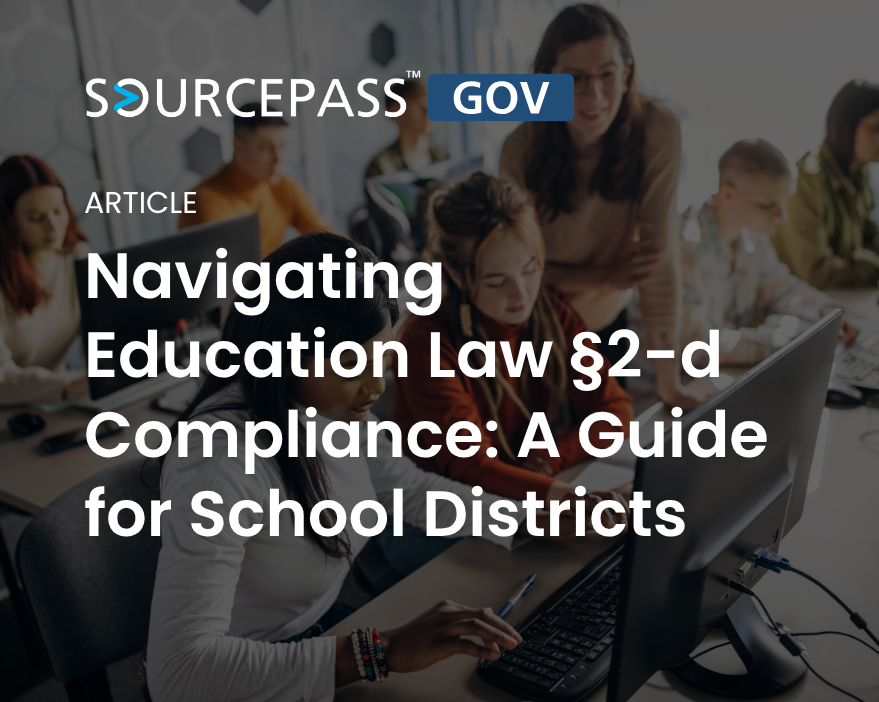
2 min read
Protecting student data is a top priority for school districts. New York's Education Law §2-d, enacted during the 2014-2015 fiscal year, sets forth...
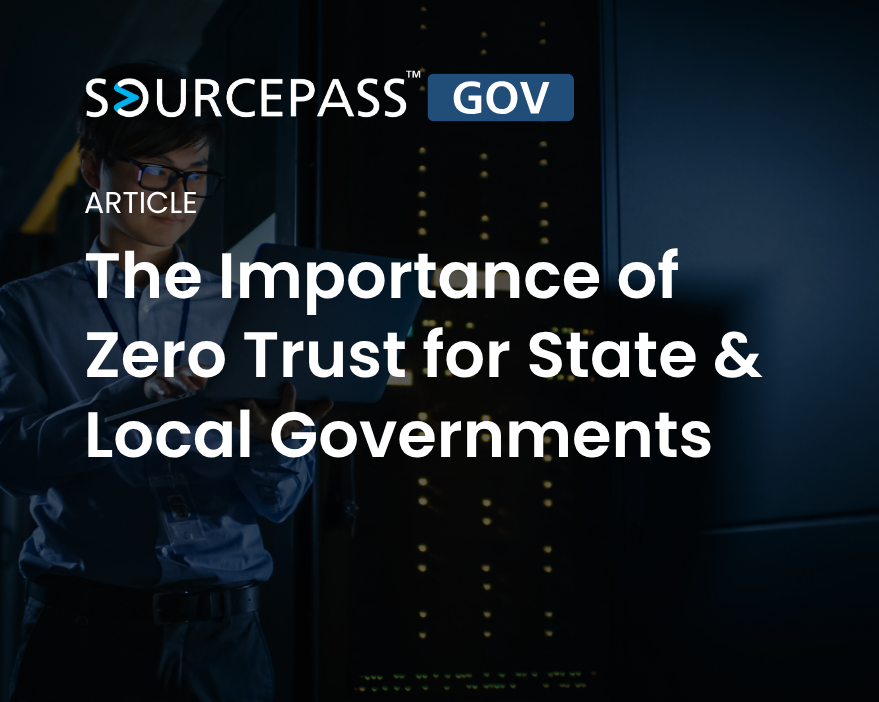
3 min read
Ransomware attacks are a significant threat to state and local governments. These attacks can cripple essential services, compromise sensitive data,...
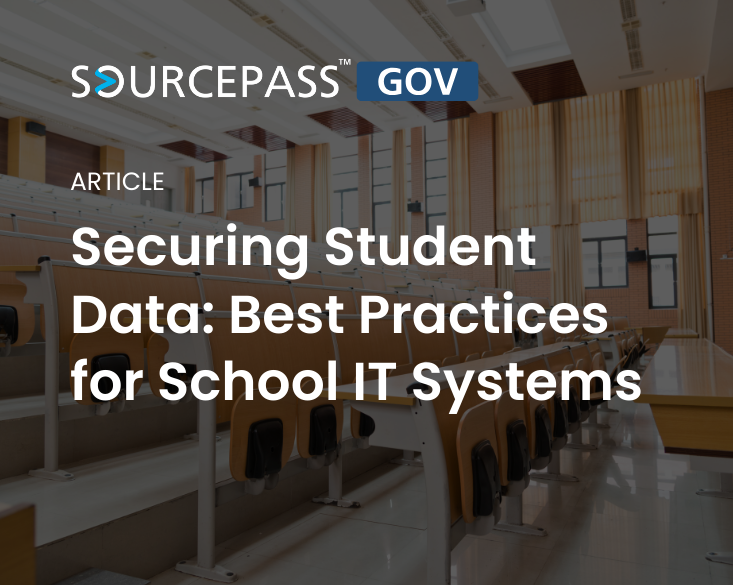
In the age of hybrid and virtual learning, schools have become increasingly reliant on technology to enhance learning, improve administrative...
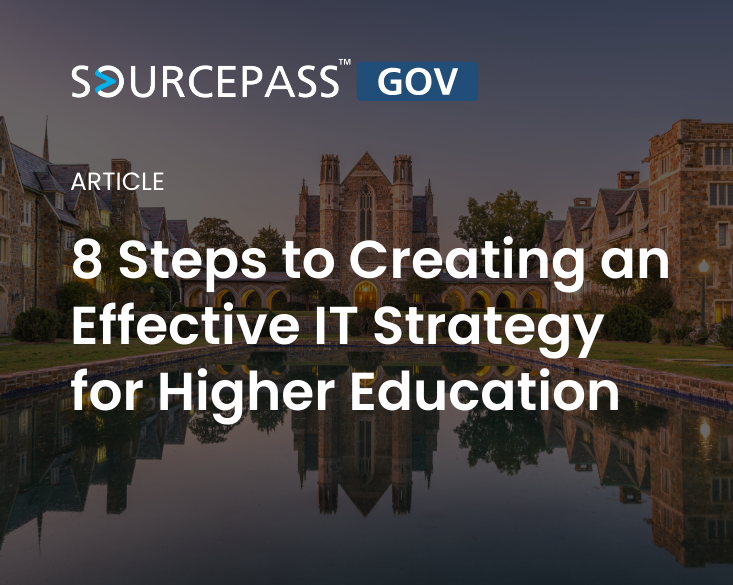
In 2025, higher education institutions face the dual challenge of providing cutting-edge technology solutions while maintaining robust, secure IT...
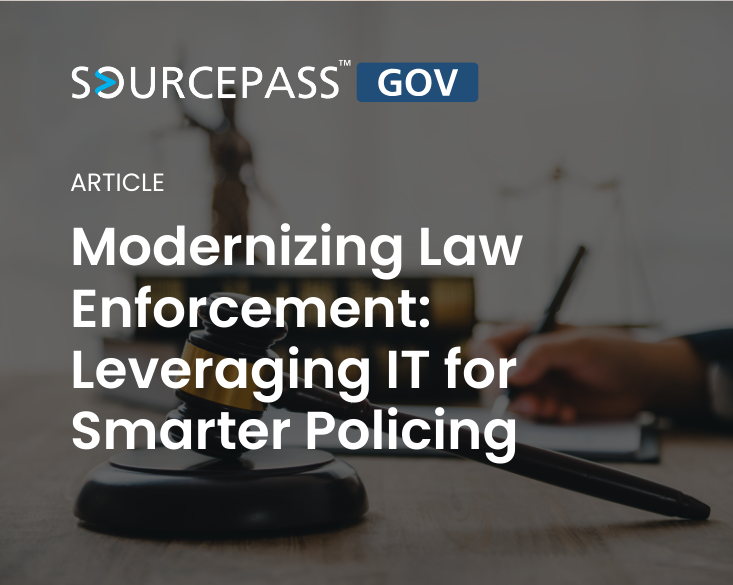
As technology continues to evolve, so too does the landscape of law enforcement. In an era where digital transformation impacts nearly every sector,...